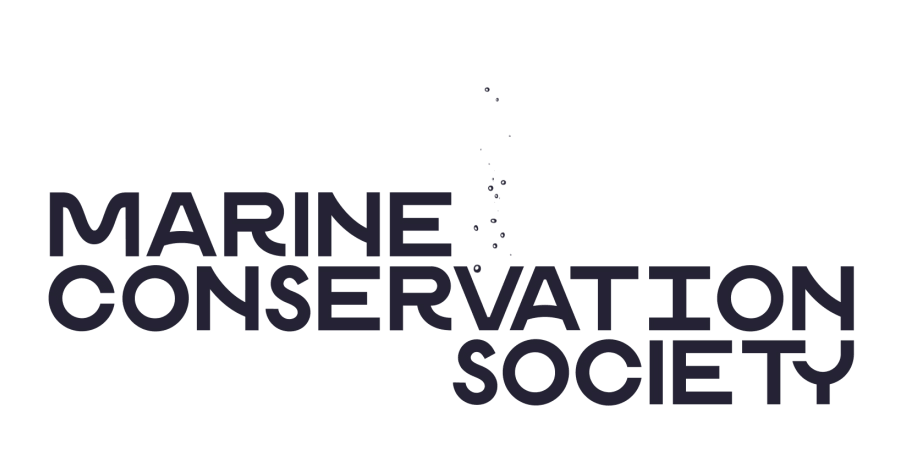
The impact of plastic pollution on marine life
Recent data from our State of our Beaches 2024 report reveals a concerning 9.5% increase in plastic waste on our beaches, compared to 2023. This persistent plastic problem not only highlights the issue on our shores, but compels us to consider the broader impacts on our precious marine environment and the wildlife that call it home.
The effects of plastic pollution on marine ecosystems
Plastic simply does not belong in our natural environment, especially within marine ecosystems that rely on a balance of processes to both create and break down organic matter. Unlike natural materials, plastic does not decay, it merely continues to break down into smaller and smaller pieces known as microplastics. Once in the environment, microplastics persist indefinitely and are virtually impossible to remove. Alarmingly, these tiny particles have now been detected in our drinking water, within the human gut, and are now widespread throughout our ocean.
There is now irrefutable evidence linking plastic pollution to the health of marine animals, having tragically claimed the lives of countless marine mammals, fish, seabirds and sea turtles.
Marine animals may accidentally ingest plastic while feeding, leading to painful blockages or tears in their digestive system that may prevent them from eating, ultimately putting them at risk of starvation. This is especially alarming given the discovery of plastic pellets washing ashore after the 2025 North Sea tanker collision, posing a serious threat to marine life if ingested.
How plastic pollution affects different marine species
Sea turtles
Tragically, all seven species of sea turtle are suffering from the scourge of plastic waste in our ocean, with microplastics even found in their gut. Their feeding behaviour makes them especially vulnerable as they mistake plastic bags for jellyfish, assuming they are a safe, nutritious meal.
Cetaceans (marine mammals)
Every year, thousands of whales, dolphins, and porpoises are stranded on our shores - many falling victim to entanglement in discarded fishing gear. These deadly traps can lead to suffocation, strangulation, or exhaustion, and ultimately, death.
Equally alarming is the ingestion of plastic. Filter-feeding baleen whales, who consume vast amounts of water, are especially vulnerable to microplastic ingestion. These plastics attract toxic chemicals known as persistent organic pollutants from the water, and once consumed, these toxins can accumulate in tissues such as blubber.
Seabirds
Seabirds are especially vulnerable to plastic pollution because of their surface-feeding habits. Often, they mistake floating plastic debris for food, leading to internal blockages, tears, starvation and toxic accumulation. Alarmingly, some seabirds have even been observed feeding plastic to their chicks, putting entire populations at risk.
Coral reefs
Coral reefs, renowned for their beauty and biodiversity, face a hidden threat from plastic pollution. Plastic debris can smother coral, blocking the vital sunlight it needs to thrive. Moreover, plastic waste is known to harbour harmful toxins that compromise coral health.
Practical ways to reduce plastic pollution in our marine environment
There are many simple changes you can make at home to help tackle the plastic crisis. One of the most important steps is to stop buying single-use plastic, every purchase adds to the problem, keeping more plastic in circulation. Instead, opt for sustainable alternatives: have milk delivered in glass bottles, choose plastic-free sanitary products, and never flush these items down the toilet.
Small changes can make a big difference in reducing plastic pollution and protecting our environment.
The next step in reducing plastic waste is to prioritise reuse and recycling. Wash and repurpose glass jars and bottles, using them for storage or refills. Take advantage of refill stations at some supermarkets like Aldi or local zero-waste shops to cut down on packaging. Whenever reuse isn’t possible, always recycle to support a circular economy, that keeps materials in use and out of the environment. Small actions like these help to limit waste and play a crucial role in tackling the plastic crisis.
When out and about, always dispose of litter in a bin - and if you spot rubbish where it shouldn’t be, take a moment to pick it up, provided you have gloves. This helps keep our environment clean and prevents litter from making its way into the ocean. You can also make a bigger impact by lobbying your local parliamentarian to support more effective measures, such as banning single-use plastics, to tackle the crisis at its source.
What are we doing to tackle plastic pollution and protect marine life?
At the Marine Conservation Society, we are committed to tackling plastic pollution at its source. Our annual beach cleaning programme encourages volunteers across the UK to remove litter while collecting vital data on every item found along a 100-metre stretch of beach.








